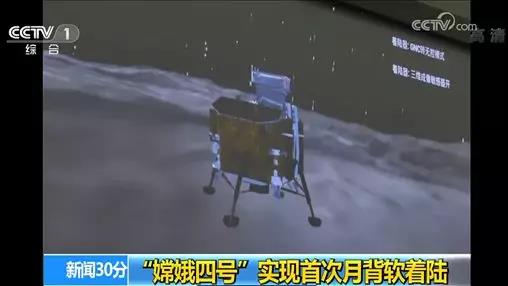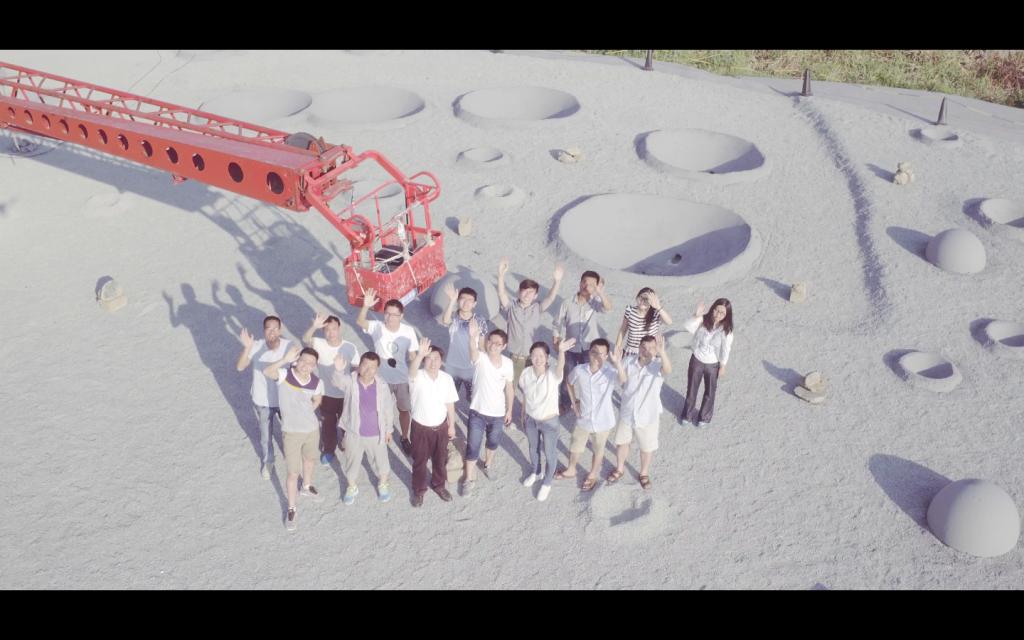The Chang'e-4 lunar probe landed at 10:26 of January 3rd on the Von Karman crater in the Aitken Basin of the lunar south pole, marking the human being's first soft landing on the moon's far side.

The Chang’e-4 probe launched on December 8th, 2018 entered lunar preparatory orbit on January 3rd, 2019 after completing its in-orbit tests. At 10:10, the 3D imaging lidar sensor was turned on. When the Chang’e-4 probe reached the hovering position 100 meters above the lunar surface, it successfully captured the laser point cloud image and identified the lunar rocks higher than 15cm or lunar craters lower than 15cm, thus completing the tasks of obstacle identification and safe landing site selection. Under the guidance of obstacle avoidance information, the lander translated several meters to achieve smooth landing.

Tongji University and Shanghai Institute of Technical Physics, Chinese Academy of Sciences have worked together for a decade to fulfill the landing obstacle avoidance task of Chang'e laser 3D imaging system. A comprehensive testing ground for space laser load calibration and obstacle detection verification was built at Tongji University, where over 20 calibration and obstacle detection verification tasks were completed for the series of products of Chang'e-3 and Chang'e-4 landing obstacle avoidance laser 3D imaging systems. It will also be used for Chang'e-5, Chang'e-6 and subsequent lunar exploration missions.